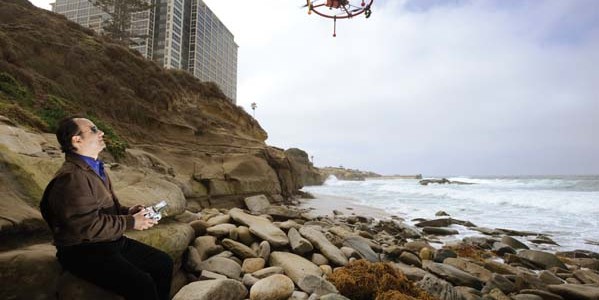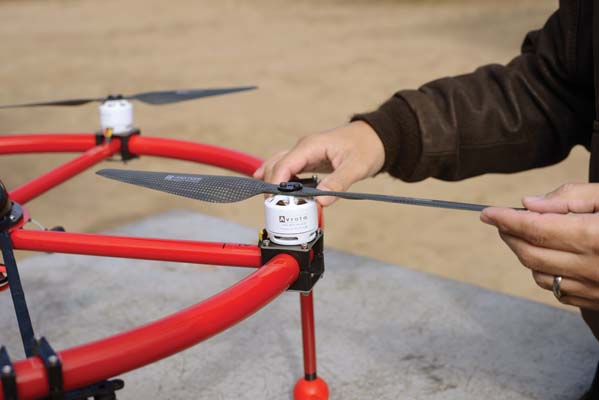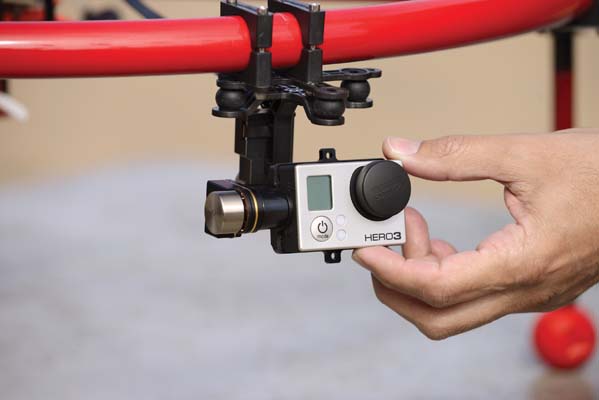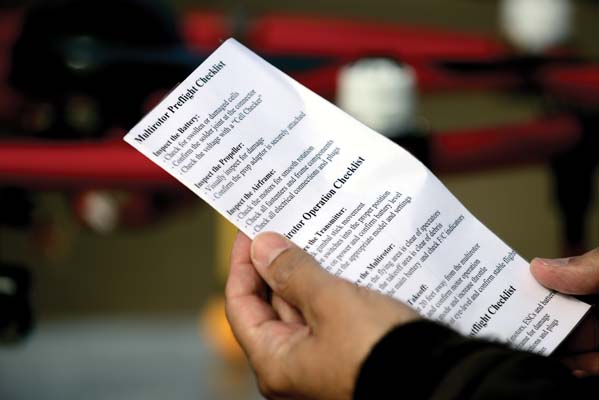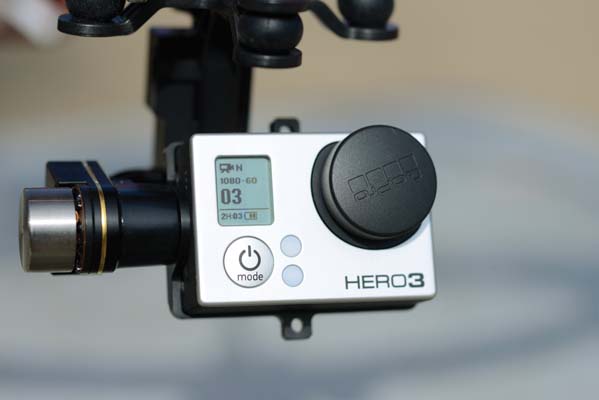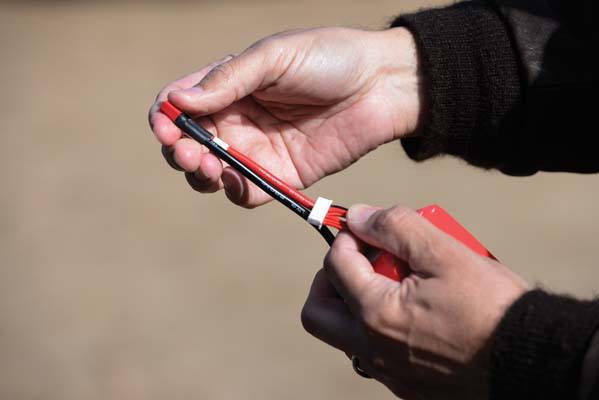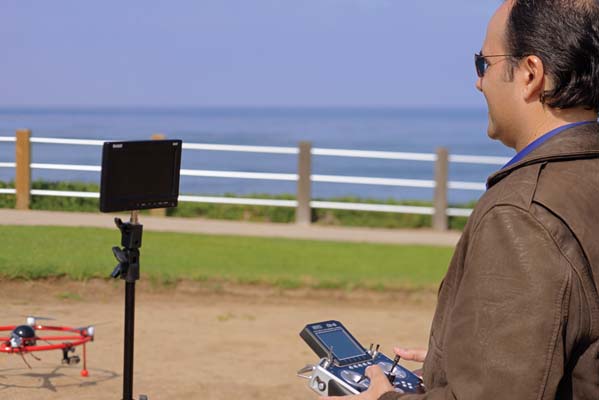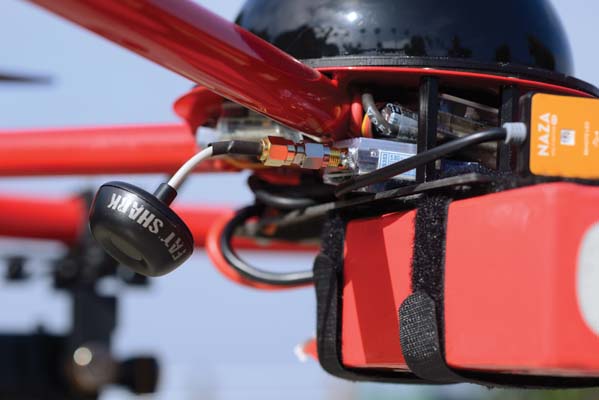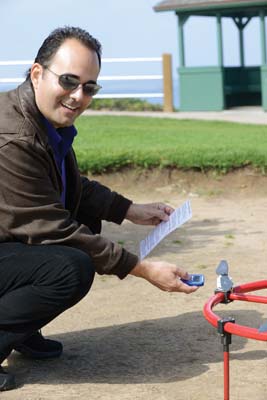10 Tips for Great Aerial Photos & Video
Getting that “perfect shot” depends on a variety of things, starting with a reliable, stable aircraft and then the aircraft’s setup, the right camera equipment and settings, and your flight skills. Having flown aerial photography missions from my full-size aircraft, I apply some of the same procedures that I’ve used in commercial aviation to my multirotor operations, keeping in mind that careful decision-making is essential to operational safety. Always follow the operational procedures provided by the manufacturer of your equipment, and always fly safely (away from people, pets, and powerlines!). Here are some tips to help you get the best shots possible.
1. Buy high-quality propellers and balance them
2. Balance your camera on the gimbal
Brushless gimbals are now available for multirotors, but they present some limitations. It is critically important for the camera to be perfectly balanced on each axis for the gimbal to operate properly. Brushless motors produce very little torque and cannot stabilize a camera that has not been balanced. After the camera has been balanced, the power settings and other parameters can be adjusted according to the weight of the camera and the specifications of the gimbal’s brushless motor.
3. Protect your camera lenses with a filter
When flying and filming outdoors, a dirty or dusty area may be the only option for takeoff and landing, and the thrust from props can cause debris to damage a lens. A UV filter is a low-cost, must-have option to cover and protect the lens. A circular-polarizing filter will reduce glare and improve image quality if you’re filming near a lake or ocean. A variable “neutral density” filter is helpful in conditions with extremely high contrast (snow on a sunny day). It reduces the contrast between the shady and sunny areas, and improves the quality of images.
4. Use a preflight checklist
5. Use a fast frame rate
Using the 60-frames-per-second setting on a camera produces the best results when doing aerial filming. The footage can always be slowed in post-production, and still images may be obtained from video. A fast shutter speed of at least 1/500 to 1/1000 reduces blur when you’re acquiring still images.
6. Handle your batteries with care
Lithium-polymer (LiPo) batteries are very susceptible to damage, and you should use extreme care when you transport them. Visually inspect batteries for swelling and use a cell-checker, which you can buy at a local hobby store or online for under $10. Use the cell-checker prior to each flight to confirm the charge of each individual cell. It can remain connected during flight and will alert you when the voltage drops below the manufacturer’s recommended limit. Keeping a battery log is helpful when tracking the capacity drawn from each flight, flight time, etc. since the performance of LiPo batteries declines after numerous cycles. It is important to monitor this trend and remove batteries from service to ensure continued flight safety
7. Use a dependable and reliable flight controller
There are a variety of flight controllers on the market. Choosing a simple and easy-to-program flight controller is recommended. A system with GPS hold will greatly assist holding the multirotor in position while filming. Flight controllers can be affected by vibration, so for aerial filming, it’s best to use a rigid airframe that can handle the additional weight of a camera.
8. Use a video downlink system
A video downlink system can assist in framing the scene and in actually flying the aircraft. Compatibility of frequency between the video downlink system and the transmitter should be ensured. Upgrade the dipole antennae to cloverleaf antennae for a much better image on the receiver monitor and fewer “dropouts” or events of signal loss.
9. Use a telemetry system
10 Do a post-flight inspection
An experienced pilot always performs a post-flight inspection of his aircraft as a matter of safety and precaution. An infrared temperature probe can be used to inspect the motors, speed controls, and connections on a multirotor. Props and landing gear should be visually inspected for damage. Also inspect electrical connections and the status of the battery.
In addition to all of the above tips, it is advisable to practice flying as often as possible, always ensuring that chosen locations permit flight operations without creating a nuisance or disturbance to others. Ultimately, the “Go/No go” decision should be based on weather conditions, evaluation of safe proximity to persons and property, and the operator’s physical and mental well being. Great photos and a safe flight rely on sound decision making.
By: Gus Calderon
Photos by: Tony Donaldson


